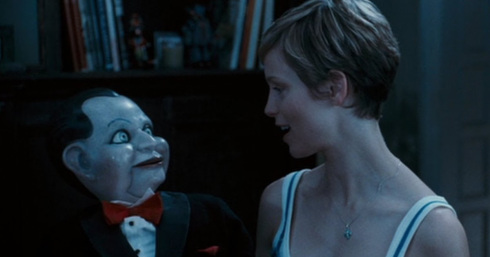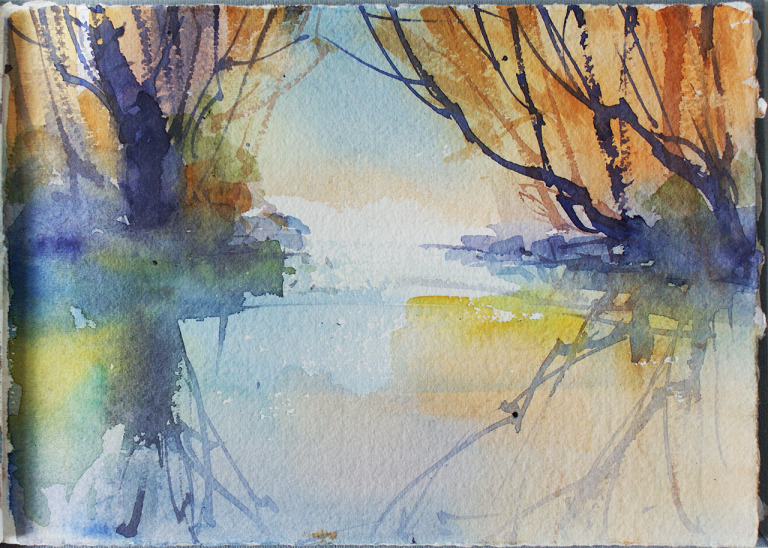1499. Clad in battle armor over her noble finery, a woman looks down from the ramparts of the fortress at Forli. Her surrender is demanded in exchange for the life of her son, a prisoner of the enemy army. In an act of legendary defiance, she hikes up her skirts, grabs herself, and announces that she has the means to make ten more sons, and all of them will seek revenge in her name.
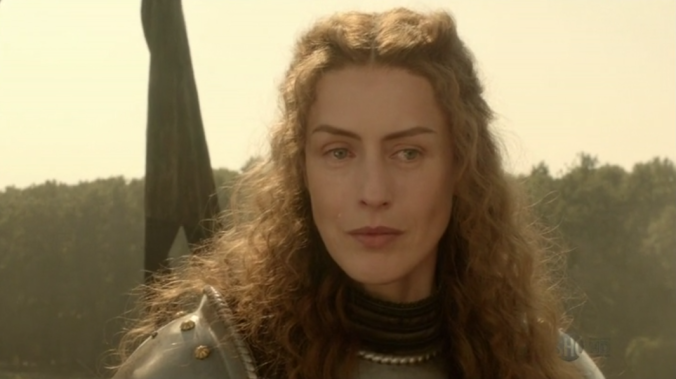
The above scene was dramatized in season 2, episode 7 of The Borgias, “The Siege of Forli.” The events of the siege are historical, and over the course of weeks it would lead to the capture of the toughest, most powerful woman of the Italian Renaissance by arguably the most evil man of the age. Her name was Caterina Riario Sforza de Medici. In a world dominated by power hungry men, it took the cunning of Cesare Borgia to finally bring her to heel. And even that was only temporary.
“If I were to write the story of my life, I would shock the world.” — Caterina Sforza
Born a bastard but raised in luxury, Caterina Sforza received a top level humanistic education of Latin and the classics before being married off at the age of 10. Correspondence of the era confirms that in the years that followed, she became one of the most beautiful and respected noble women in the Italian courts.
As her husband’s health deteriorated, she took over control of their dominions. By the time of her confrontation with Cesare Borgia, she had borne eleven children, survived three husbands, played an intricate part in the feuds of warring noble families, and participated in the kinds of battles for which the Italian Renaissance is known. Machiavelli accused her of trying to poison the pope, though the matter is unclear to this day. The nobles hated and feared her. The people admired her. In the end, she won everything and lost it all in kind. It took pneumonia to finally put her into an early grave when even the Borgias couldn’t.
Any art enthusiasts out there?
Caterina Sforza is known to be the model for many paintings by Sandro Botticelli, such as Pallas and the Centaur…
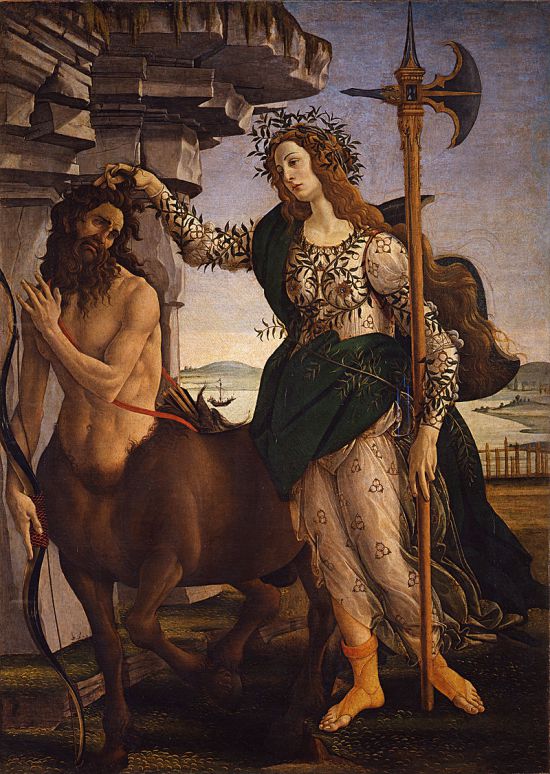
… The Birth of Venus…
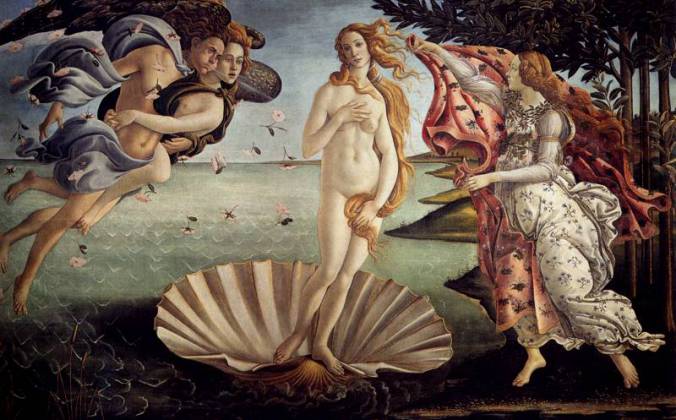
… and Primavera (she’s one of the three graces, 4th figure from the left, next to the central figure of Venus)…
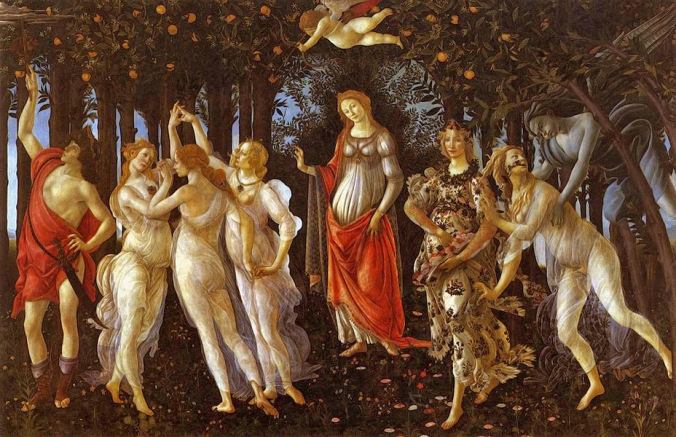
… and now there is new information that suggests she may also be Leonardo da Vinci’s Mona Lisa (previously believed to be Lisa Gherardini, “La Gioconda”).
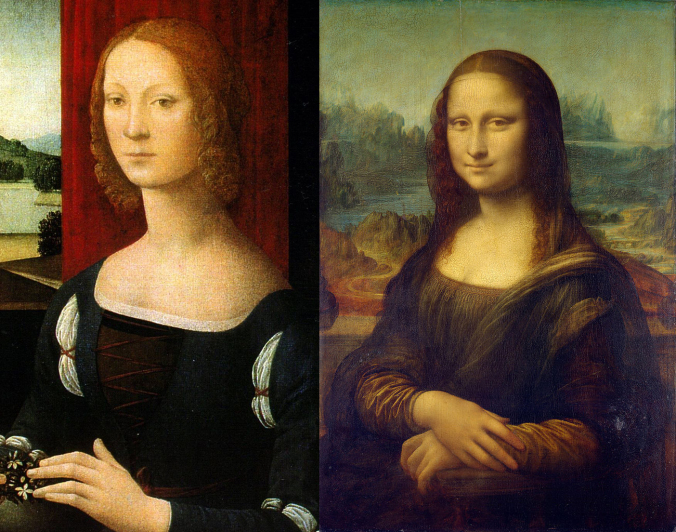
And that’s just a sampling of the number of famous works of the era in which she’s depicted. Suffice it to say, she achieved immortality of a sort few will ever know, on many levels. I just couldn’t help but geek out a little, having studied art back in college. The author does say the 2002 speculation of Caterina being Mona Lisa is likely not true due to do her position at the time of the painting. Still, it’s fun to think about.
Caterina Sforza is one of the most interesting women to have ever lived, in my humble opinion. There are few books dedicated to her as she tends to be overshadowed by the Borgia juggernaut. To my mind, this is nothing short of criminal as her own story is every bit as fascinating. This book puts her into the spotlight and holds your attention accordingly. Lev uses a dramatic narrative style that reads more like fiction at times, which makes it an incredibly quick read. Perhaps too quick? Doesn’t matter. The point is the book hits all the right notes with me.
5 stars



